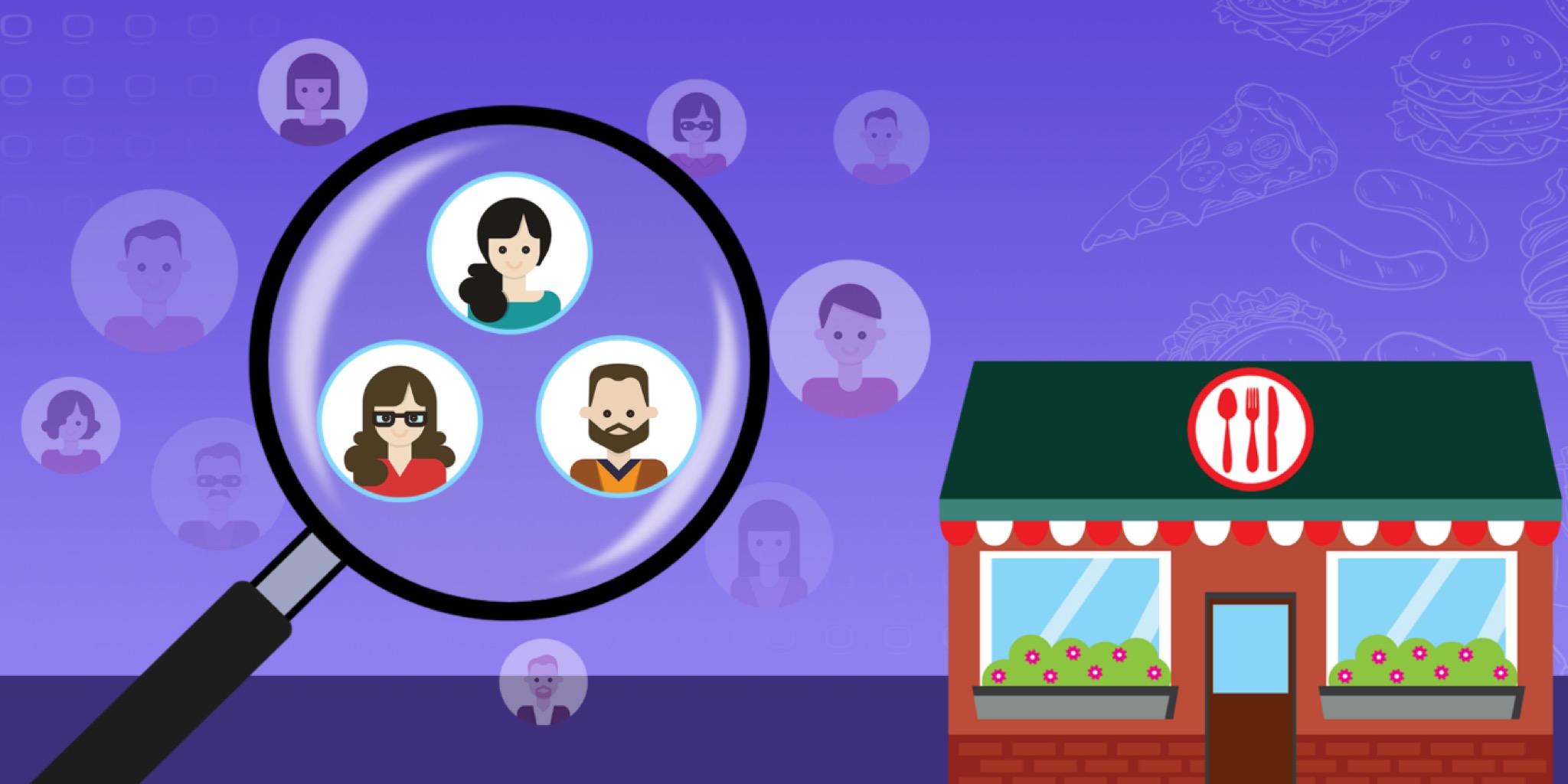11 Benefits Restaurants Experience Through Customer Engagement
All business owners strive to enhance their sales and increase the overall value of their business. For restaurant owners who possess a deep understanding of their customers and their purchasing behaviors, there are 11 remarkable benefits that can be harnessed to achieve these objectives.
-
Personalized Marketing: Restaurants can use customer data to tailor their marketing efforts. For example, they can send personalized promotions, special offers, or discounts to customers based on their preferences and purchase history. This can lead to higher customer retention and increased sales.
-
Menu Optimization: By analyzing customer buying habits, restaurants can identify popular and less popular menu items as it relates to other menu items on the same guest check. This information can help them optimize their menu, removing underperforming items and introducing new dishes that align with customer preferences.
-
Inventory Management: Understanding customer buying habits allows restaurants to better predict demand for specific ingredients and dishes. This helps with inventory management, reducing food waste and operating costs.
-
Pricing Strategy: Restaurants can adjust their pricing strategies based on customer behavior. For example, discounts or double points (when using loyalty) can be offered during slower times as an incentive. Increasing prices, even a small amount on popular menu items can make a difference to the bottom line.
-
Improved Service: Knowing regular customers and their preferences supported by technology can enhance the customer experience. Restaurant staff can provide a more personalized and attentive service, leading to higher customer satisfaction and potentially larger tips.
-
Targeted Loyalty Programs: Restaurants can create loyalty programs that reward frequent customers or those who spend more. These programs can be tailored to individual customer segments, encouraging repeat business. Rewards do not always need to be discounts or coupons. Loyal customers can also earn skip-the-wait, special events and secret menu item as rewards.
-
Customer Retention: Understanding and tracking customer buying habits enables restaurants to identify when a customer's behavior changes. If a regular customer stops visiting, the restaurant can proactively and automatically reach out to offer an incentive to return and possibly understand the reasons and potentially win them back.
-
Competitive Advantage: Restaurants that can provide a more personalized and enjoyable dining experience are more likely to stand out and stay "top of mind" in a competitive market. This can lead to increased market share and customer loyalty.
-
Data-Driven Decision-Making: By collecting and analyzing customer data, restaurants can make informed decisions about menu changes, marketing strategies, staffing levels, hours of operation, and more, rather than relying on guesswork.
-
Forecasting and Planning: Customer data can be used for long-term planning and forecasting. For instance, restaurants can anticipate seasonal fluctuations in demand, allowing them to prepare accordingly. In addition, the data can be used to identify the best locations for future expansion.
-
Guest Feedback: Restaurants can gather feedback and insights on the dining experience. This feedback can help identify areas for improvement and enhance overall quality.
Restauranteurs who know their customers and their buying habits are able to make data-driven decisions, improve customer satisfaction, boost sales, and stay competitive in an extremely competitive industry. It's a valuable tool for understanding and meeting the needs of their clientele while increasing sales and the value of the restaurant.

